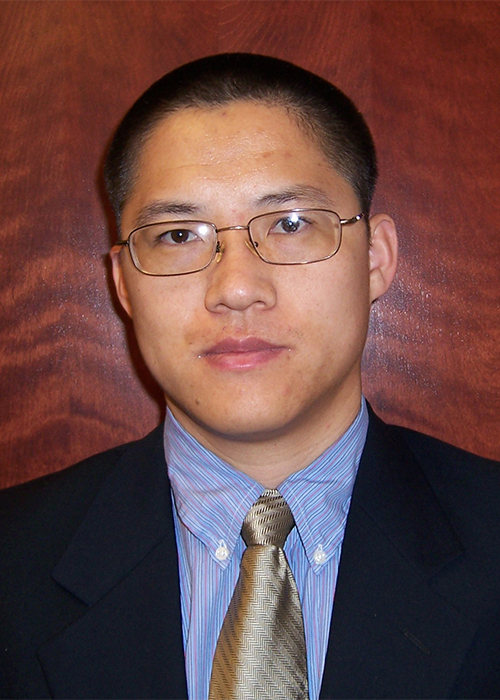Seminar Dates: September 20, 2023 8:00 AM
Seminar Cost: $45.00 Register Now
Seminar Description:
There are a lot of factors that can contribute to the survival and thriving of newly transplanted plants in the landscaping industry. The common reason is soil moisture: either not enough (underwatering) or too much (overwatering). Landscape architects are typically not the parties to blame if proper maintenance instructions have been included. A vast majority of the failure cases are due to the lack of maintenance by the landscape contractors or the property owners. Is there anything the landscape architects can do to give the plants a better chance to survive? 
New technologies that make the best usage of natural precipitation (stormwater) to stabilize soil moisture will be reviewed. Case studies across the North America will be used to illustrate how these methods can significantly reduce maintenance needs, and therefore the reliance of landscape contractors to keep the plants alive.
Learning Objectives:
1. Understand the environmental and societal benefits of green infrastructure and urban forestry.
2. Study the main technical challenges encountered in green infrastructure, urban forestry and the landscaping industry.
3. Learn that the most important factor for the survival of newly planted plants is soil moisture, not how much water is dumped onto the planting area. Learn how to solve the problems with real-life case studies across the United States.

Wei Zhang
Wei Zhang holds a Ph.D. degree in Engineering from Virginia Tech. He has been doing research & development for the green industry for 10 years. His research areas include watering solutions for landscape plants, plant health, and plant protection against stresses like drought and road salt. His work also provides novel solutions to green stormwater infrastructures, for which plants are used for the treatment of pollutants in stormwater.
He has more than 40 peer-reviewed scientific journal articles, one monograph, and more than 100 conference presentations. He has been a frequent speaker on Arboriculture, Landscape Architecture, Urban Forestry, Stormwater Green Infrastructure, and related conferences.

